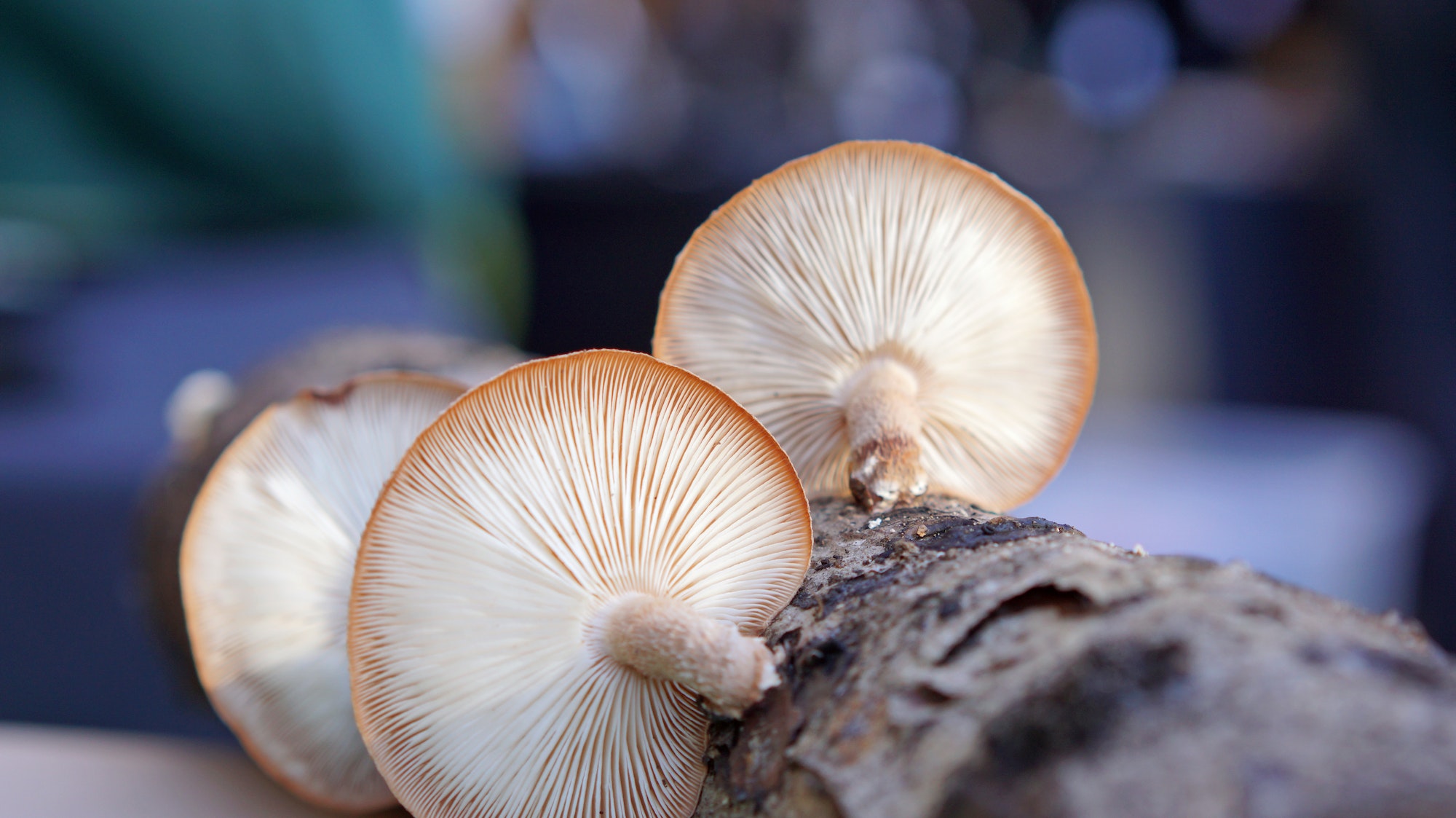Foraging Tips
Foraging Tips
Disclaimer: The content on this page is intended for informational purposes only. It is not intended to provide medical advice or to take the place of such advice or treatment from a personal physician. All readers/viewers of this content are advised to consult their doctors or qualified health professionals regarding specific health questions.

Here are a few quick tips to help you along your foraging journeys!
- Educate Yourself: Before heading out to forage mushrooms, invest time in learning about local mushroom species, their habitats, and their identifying features. Study reputable field guides or join mushroom identification classes to improve your knowledge and identification skills.
- Start with Easy-to-Identify Species: As a beginner, focus on learning a few easily identifiable mushroom species that are distinct and have no dangerous look-alikes. This reduces the risk of misidentifying toxic mushrooms. Examples of beginner-friendly species include morel mushrooms, chicken of the woods, or oyster mushrooms.
- Mushroom ID Checklist: Develop a checklist to follow when identifying mushrooms. Pay attention to features such as cap shape, color, texture, gill structure, stem characteristics, and any distinctive odors or staining reactions. Always cross-reference your findings with reliable sources or consult experts to confirm your identification.
- Location and Habitat: Different mushroom species have specific preferences for habitats. Learn about the types of environments where your target mushrooms are likely to grow. Some may favor forests, while others thrive in grasslands or near certain tree species. Understanding their preferred habitats increases your chances of finding them.
- Timing is Key: Mushrooms have specific growing seasons. Research when your target species are most likely to fruit and plan your foraging trips accordingly. Weather conditions, such as recent rainfall or temperature changes, can also impact mushroom growth, so be mindful of these factors.
- Safety in Numbers: Whenever possible, go mushroom foraging with experienced foragers or join local mycology clubs or guided walks. Learning from experienced individuals enhances your knowledge, reduces risks, and improves your confidence in mushroom identification.
- Respect the Environment: Practice ethical foraging by leaving the environment undisturbed. Avoid damaging the habitats, refrain from removing all mushrooms from a particular area, and be mindful of other plants, animals, and fungi sharing the ecosystem.
- Carry Essential Tools: Equip yourself with a basket or mesh bag for collecting mushrooms, a small knife or mushroom brush for cleaning, and a field guide or a reliable mushroom identification app for reference. Having these tools readily available makes your foraging experience more convenient and efficient.
- Know the Legalities: Be aware of local regulations regarding mushroom foraging. In some areas, foraging may be restricted or require permits. Respect private property and seek permission before foraging on someone else’s land.
- When in Doubt, Leave it Out: If you’re uncertain about the identification of a mushroom or have any doubts about its safety, it’s best to leave it in its natural habitat. Avoid consuming wild mushrooms unless you are absolutely sure of their edibility.
Remember, mushroom foraging can be a lifelong learning process, so continue to expand your knowledge and seek guidance from experts. With practice and experience, you’ll become more skilled at finding and identifying different mushroom species.
